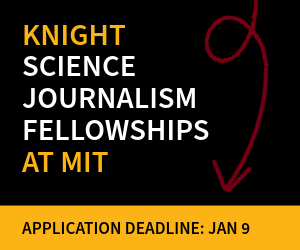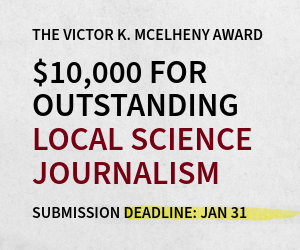On Tuesday, January 21, 2025, the Trump administration indefinitely halted external communications - including prohibitions on the publishing of reports or posting of social media - at all agencies within the U.S. Department of Health and Human Services. More than two weeks later, critical communications remain frozen. Open communication between federal agencies, journalists, and the public is crucial to a functioning democracy. This troubling move affects important agencies and divisions such as the National Institutes of Health, the Centers for Disease Control and Prevention, and the Food and Drug Administration.
In addition, crucial scientific databases have been deleted, ranging from NIH pages tracking women’s health, much of the entire CDC Division of Adolescent and School Health websites, and sites critical to foreign aid like the U.S. Famine Early Warning Systems Network (FEWS NET). While some of the databases have been archived elsewhere online, these are lifesaving, crucial infrastructure and systems that need to be restored as soon as possible.
This freeze on critical communications will disrupt the flow of crucial information between federal public health officials and journalists and other communicators who inform the public about food recalls, disease outbreaks or other health threats to national security, and responses to health emergencies. News of communications disruptions at the EPA and scrubbed climate information at the USDA are concerning as well.
Further pauses and funding cuts could have devastating impacts down the line for public health, medical and scientific research, local economies and the lives of trainees and patients. It is too early to estimate the eventual outcome of this pause, while judges figure out if such actions are unconstitutional. However, the current state of confusion is harmful to the free flow of information that is vital to scientific innovation and public health. The freeze has also had a chilling effect on science communication, as federal researchers are unavailable or hesitant to speak about their work, because of uncertainty about the extent or impact of the restrictions.
NASW invites members to avail themselves of the resources on our website, including NASW’s Information Access Standards, a best practice guide for interactions between journalists and public information officers or sources at federal agencies and the recording of a recent workshop on digital safety and associated resources. Members and others are also invited to file reports of their experiences in NASW’s Information Access Database to assist in tracking responsiveness of federal, state, and local governments to requests from journalists. We will continue to produce resources and plan events, such as an upcoming workshop on mental health and virtual wellness check-in, to support the science communication community during these tumultuous times.
We encourage members and others to reach out to their Congressional representatives and convey to them the importance of supporting open communication between federal agencies, journalists, and the public.
NASW will continue to keep a close watch on this pause and transition.
To reach the NASW Board, email president@nasw.org
Founded in 1934 with a mission to fight for the free flow of science news, NASW is an organization of ~2,400 professional journalists, authors, editors, producers, public information officers, students, and people who write and produce material intended to inform the public about science, health, engineering, and technology. To learn more, visit www.nasw.org and follow NASW on LinkedIn and Bluesky.



